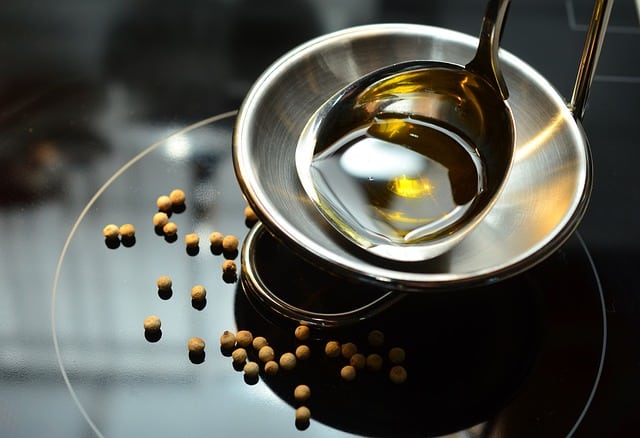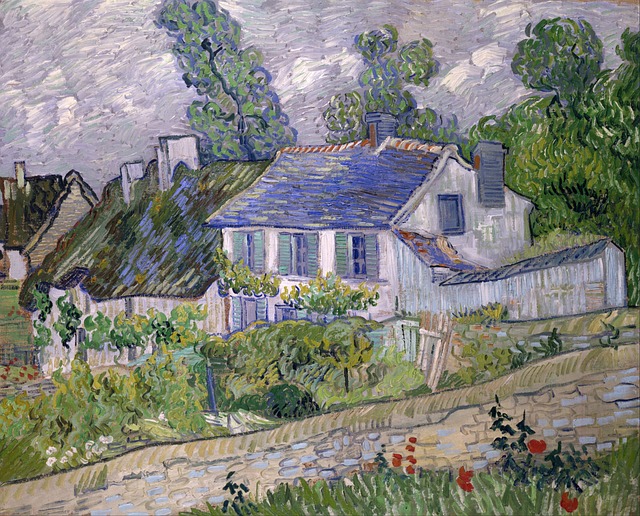
Óleo can be used as a synonym for oil.
Óleo is a word that has origins in the Latin olĕum . The term refers to oil , which is the juice obtained from an olive, seed, or other source. For example: “I think I'm going to order oil noodles with basil,” “I like meat sautéed in oil,” “Last night we had pizza with garlic and oil.”
By extension of this meaning, in the field of religion we usually speak of “holy oils” to name the oils that are used within the framework of some rites. It is an oil that has been blessed and that allows, within Catholicism , to develop sacraments such as baptism .
Specifically, in this sense we would have to say that the oil used when baptizing a person is called the oil of the catechumens .
Oil in art
The concept of oil is also used in art . An oil painting is a work that was made with paints obtained by dissolving pigments in an oil-based mixture .
This paint is usually applied to fabric (usually cotton or linen), although it is also suitable for painting on wood, metal or rock, among other materials. The use of oil is very old and became widespread from the 14th century onwards.
Specifically, this type of painting can be done on a canvas, a board, a wall, marble or copper, among many other supports. Among the pigments most used by artists who opt for oil to express their concerns and their way of expression are ultramarine blue, carmine, verdigris or chrome yellow.

An oil painting is one that is created with paints obtained by dissolving pigments in a mixture with oil.
Examples of paintings of this type
“La Gioconda” by Leonardo Da Vinci , “The Persistence of Memory” by Salvador Dalí and the “Sunflowers” series by Vincent Van Gogh are just some of the most famous paintings in history made with the oil technique.
However, we should not ignore other paintings made with oil, which are currently considered key pieces in the history of art. This would be the case, for example, of the following:
• “Portrait of the Arnolfini spouses” , which was made in 1434 by the great Van Eyck .
• “The Three Graces” , which dates back to 1575 and is the work of Jacopo Zucchi .
• “The Gleaners” , from 1857. This painting was made by Jean-François Millet .
Other uses of the term oil
In the same way, we cannot ignore the fact that there are different expressions that use the term that concerns us now. Good examples of this are the following:
• Walk in oil . Colloquially, this verbal phrase is used with the clear objective of indicating that something is very arranged or composed.
• Good oil painting . Although it is now considered obsolete, there are people who still use this expression as a way to indicate that something is not going as it should. That is to say, things are not good.
Óleo , finally, is a municipality in the state of São Paulo ( Brazil ) that was founded in 1917 and currently has just under 3,000 inhabitants.
